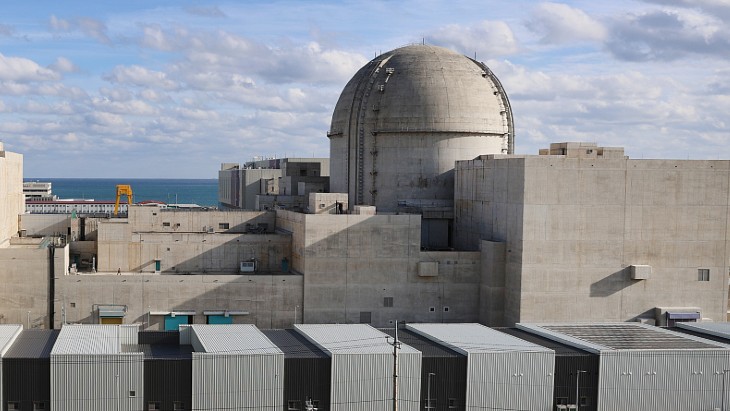Both Naarea and Thorizon envision MSRs as key enablers to a stable, carbon-free and future-proof energy system. In this context, the two companies have decided to join forces to accelerate the development of MSRs in Europe.
The partnership aims to create the best conditions to: pool resources for safety and security demonstrations and chemical, industrial and strategic knowledge in molten salt technology; develop shared laboratories and test facilities; secure access to reprocessed fuel materials needed for molten salt fuel synthesis; provide the market with a range of complementary energy solutions with a common technology basis; and increase political and public support for MSR technology.
Together, both companies work for optimal modularity in their design: Naarea through modular manufacturing, Thorizon through its modular core made of molten salt cartridges produced offsite. This collaboration will ensure a complete cooperation in the development of their two technologies and their specific features.
Naarea - formally established in November 2021 - says its ultra-compact molten salt fast neutron reactor uses "the untapped potential of used radioactive materials, and thorium, unused mining waste". Once it develops the XSMR reactor design, the company intends to target applications in areas such as transportation, agriculture and smart buildings. Naarea says that, because of the compact size of its reactor and because there is no need for it to be grid-connected, the XSMR can "be deployed as close as possible to regions, to match energy demand as closely as possible and allow the control of security of supply, at the service of industries and communities". It expects the first units of XSMR - which can generate 80 MWt/40 MWe - to be produced by 2030.
Thorizon - a spin-off from NRG, which operates the High Flux Reactor in Petten - is developing a 250 MWt/100 MWe MSR, targeted at large industrial customers and utilities. The Thorizon concept is unique due to its patented cartridge-based core. Thorizon aims to construct a pilot reactor system before 2035.
"This strategic molten salt cooperation completes the recent strategic and industrial partnership launched by Naarea and Newcleo to optimise, thanks to fast neutrons technologies, the re-use of spent fuel from conventional reactors, ensuring complete closure of the fuel cycle," the partners said in a joint statement. "It also complements Thorizon's partnership with Orano to develop a production process for the re-use of spent fuel."
"This strategic industrial partnership will help speed up the development of molten salt and will create the conditions to build a European champion alliance in fast neutrons molten salt technology for the benefit of decarbonising urgently our planet," said Naarea founder and CEO Jean Luc Alexandre. "I'm grateful to say that this collaboration will offer new perspectives on recycling spent fuels from conventional reactors. Thorizon has extensive expertise and has been working on their technology for many years, which is a strong asset for our partnership."
"Building an innovative reactor is not something you can do on your own, this requires strong partnerships and strong teamwork," added Thorizon CEO Kiki Lauwers. "We opened an office in Lyon to connect to the rich nuclear experience and expertise in France. Now, with this partnership with Naarea, we can leverage the French and Dutch ecosystems ... I see a mutual commitment to bring the molten salt reactor to the market urgently and a strong willingness and open mindset to share knowhow to advance this course."
MSRs use molten fluoride salts as primary coolant, at low pressure. They may operate with epithermal or fast neutron spectrums, and with a variety of fuels. Much of the interest today in reviving the MSR concept relates to using thorium (to breed fissile uranium-233), where an initial source of fissile material such as plutonium-239 needs to be provided. There are a number of different MSR design concepts, and a number of interesting challenges in the commercialisation of many, especially with thorium.

.jpg)



_72306.jpg)


_49562.jpg)





